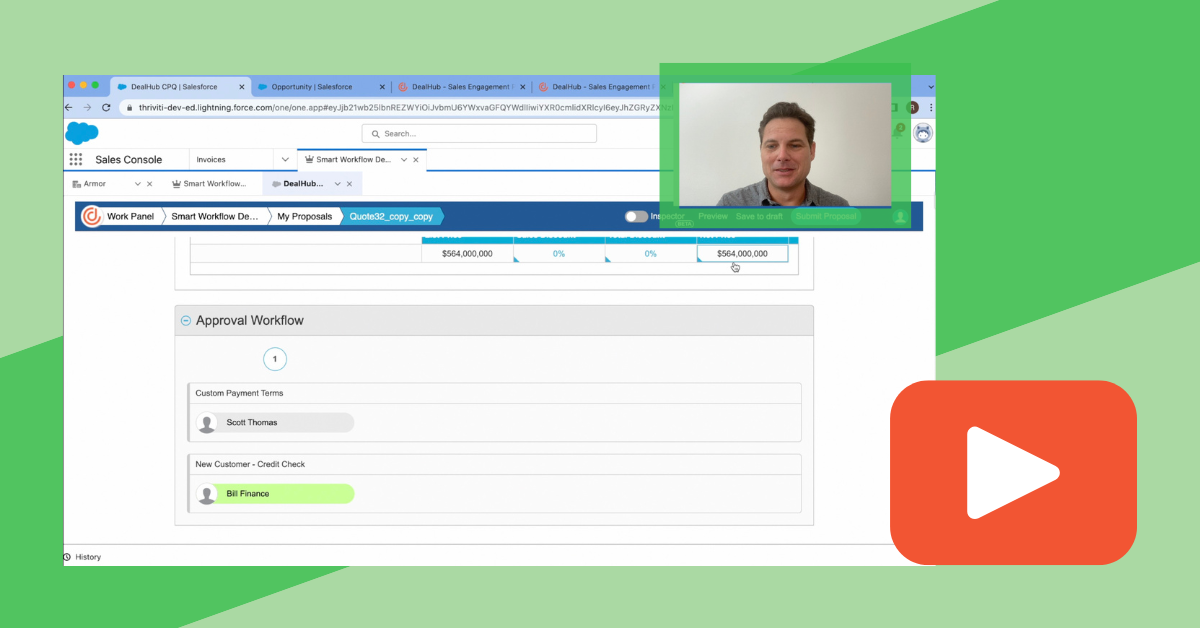Welcome Revenue leaders, Operations leaders, and RevOps teams! This is for you.
In our first post, we’ll share some thoughts on why we started Thriviti. We’ll give you a sense of what we do around here, who we serve and how we do it. If all goes well, you can sign up to keep tabs on us, or even book some time to chat.
Thrive. That’s what we want for your company and ours. With over 50 combined years of experience in technology sales and marketing, we’ve learned a thing or two about how to run and change a revenue operation. We will share what we learned here.
“Make it a great place to be in sales.”
This has been our shared mission for more than 14 years. On the surface, it may seem narrow, but for us it has been practical and crystalizing. It helps us prioritize issues that are important to the companies we serve. It helps us identify bottlenecks or constraints that matter most to company success. It helps us cut through the noise and connect with the needs of our sellers and our customers.
We work with CROs, COOs and RevOps Teams. RevOps teams come in a lot of shapes and sizes. When we think of RevOps, we look to our own experience and the scope of influence we built in order to succeed in our mission. RevOps aligns marketing operations, sales operations, and customer success to deliver to customers a coherent, end-to-end experience with the brand and a purpose-built revenue generation program. As we strive to reduce friction in the buying process, technology and operations play an increasingly important role in our relationship with our sellers and our customers.
Here is what we’ve learned about putting sales pros at the center of our process. Everything we do converges at the sale. While companies today have many bottom lines, they are all served or starved by what happens in sales.
Think of all the stakeholders affected by a new campaign, a new event, a new product, a new quoting tool, a change in the CRM, new pricing rules, a new implementation process, or a new customer success platform. Changes that affect sales affect nearly everyone in the firm precisely because sales is so universally central to the objectives of the firm. Marketing, Customer Success, Finance and Accounting, Legal, Product, the offices of the CIO, CTO, COO, and CEO are all stakeholders in the growth of sales. Roles that don’t have a stake in growing sales, like GRC, still have a focus on sales for safety and compliance reasons. No one can opt out of responsibility for a sales problem as sales problems are company problems.
See what expert CPQ services from Thriviti can do for you.
Focused on CPQ
Focus is important to us. As a result we are focusing our initial services at Thriviti in an area that frustrates and confounds sellers everywhere. CPQ. CPQ stands for Configure, Price and Quote.
I fell in love so hard for the first quoting tool I ever used that I thought I would always love my quoting tool. It was 1999. I built a simple Access prototype of what I wanted in a quoting tool and shared it with my team. The amazing team I worked with built something so much better than I could have imagined. They called it System Designer, and to me, it was a miracle. It had guided selling and was totally interactive. I could configure solutions while speaking with clients and using their real-time feedback to make adjustments on the fly. I knew at that moment, we had a competitive advantage that would be hard for others to match.
It was also bespoke. It was built for our business, which was great, but that also presented some problems. It could handle price changes well. It could reasonably handle new products, as long as we quoted them the same way we quoted the old products. The real problem was that when we needed to change the way we quoted, the structure or parameters of quoting, we needed new code. Over time, the system updates fell behind and we were back to “shadow quoting,” or quoting outside the system on spreadsheets, with no tracking, no quality control and no certainty. Some of today’s top quoting tools have the exact same problem.
Why start with CPQ? For the same reason we have sales pros at the center of our priorities. Many stakeholders and business needs converge on CPQ. Preparing for CPQ makes us get good at the important things like designing the product catalog and thinking through the sales motions, pricing, discounting, contractual terms, approvals, order management, invoicing, renewals, and the list is endless. Getting CPQ right requires us to work with leaders across Marketing, Sales, Customer Success, Product, Legal, Finance, Accounting, and more. It’s at the center, and who doesn’t like to be at the center?
There is another reason. Ryan and I had the good fortune to implement a CPQ tool called DealHub at our last gig. From the moment we began working on it, we started questioning our career choices. We fell in love with a quoting tool all over again. Thriviti is now a DealHub certified partner. For more on DealHub, check out these DealHub Pro Tip videos Ryan made and learn more about our DealHub experience here.
The Future of Thriviti
In this blog we want to share what we’ve learned about CPQ and designing systems, processes and tools for sales teams. We’ll share how we measure our business and our projects. We’ll dive into how we unify operations, measure operations, and align work across teams. We’ll explore how we prioritize projects, how we manage projects, and how we measure their success. We’ll talk about the importance of adopting new rules after you implement a new technology and how to make sure you’re getting the return you need. Most importantly, we’ll connect the work of Revenue Operations to the success of your business and why global throughput is possibly the only thing with which you really must be concerned. Nothing happens until your customer buys.
And we would love nothing more than to learn from you. Please be sure to subscribe and we’ll keep you posted as the conversation continues.


